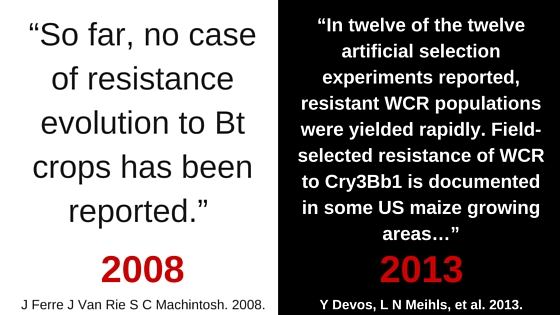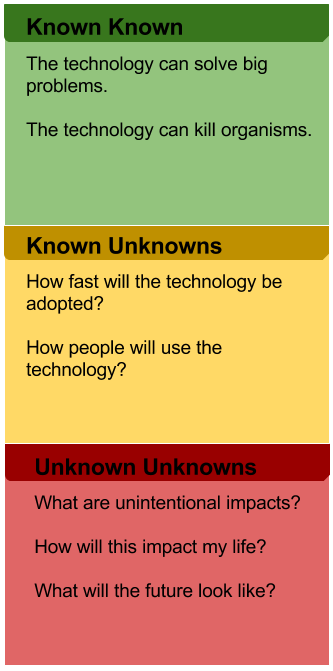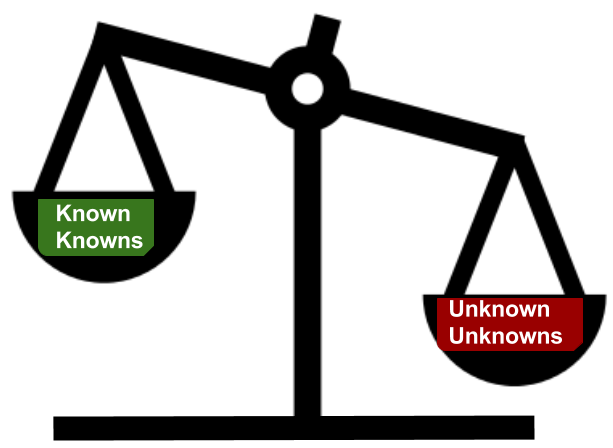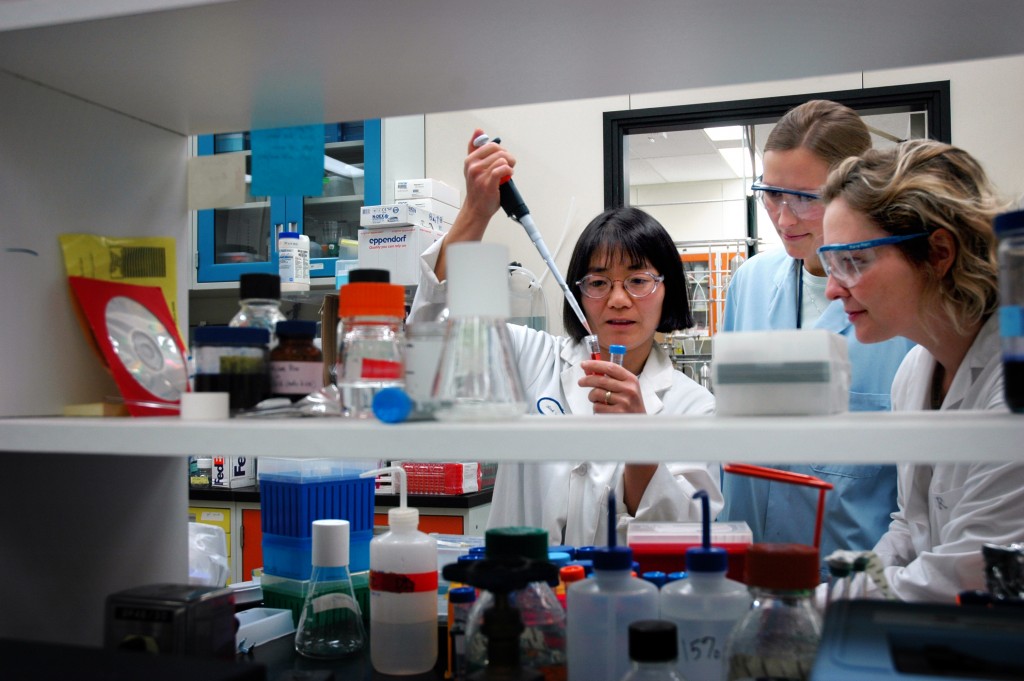If you haven’t already, read about Mendel and Basic Genetics. Here we will talk more about hybrids and how they are important and controversial in modern agriculture. If you don’t think you’ll want to read about corn, that’s ok most of this isn’t about corn, but corn is a key player later on.
So Hybrids, the definition can be confusing because there are eight different types of hybrids. We’ll talk about three of the most common types:
1. Species Hybridization – Crossing two different species. (ex: Lion and a Tiger) This gives rise to an organism that has two different types of chromosomes and they might not match up. If the chromosomes don’t match then this hybrid can’t reproduce (think about a Mule.) In plants, hybrid speciation (a new species) can occur when this mismatching of the chromosomes produces a infertile organism. However, plants have a trick that they can pull off that animals normally don’t do, plants can double their chromosomes. By doubling their chromosomes, this means that they have two copies from each parent not one and when they go to produce a gamete (sperm or egg) the chromosomes can be divided and a new species is created.
2. Sub-Species Hybridization – This is when two individual organisms can biologically reproduce, but are found in different areas or look significantly different. An example is a Siberian Tiger and a Bengal tiger (Indian Tiger.)
3. Population Hybridization – The organisms are the same species, could be from the same area, and might even look the same, but are from two populations. This is where the corn comes in. (ex: a flower in the valley and a flower on top of a mountain could be two different populations)
Corn has been bred for hundreds of years for the benefit of humans. It is so specialized that the corn that we eat wouldn’t survive without humans. So, lets say a breeder wants a corn that is disease resistant to leaf blight. Another breeder cultivates a variety that tastes sweeter. These two breeders happen to work for the same institution and during a holiday party they decide to make a cool corn variety that is disease resistant and sweet. So they cross the two purebred lines and get a hybrid. That hybrid generation will have the best traits from both parents. It will be sweet and be disease resistant.
Great! We just made SUPER-Corn. Not quite, when the hybrids cross with other hybrids the next generation will not be as good. The traits will be distributed similar to a bell curve. In fact, each generation after the hybrid cross will have traits that would be seen in a normal population, or what you started with. A corn variety that isn’t particularly sweet and not very good against leaf blight. Great job you just undid all of your work and got fired!
A way to avoid the lose of good traits, also called hybrid vigor is to always have hybrids. If a farmer always plants and uses the first cross of the two corn types (Sweet and Disease Resistant) then they’ll have the best corn. The problem is that you would have to maintain the purebred lines. Have corn that is just really sweet and just have disease resistants. Farmers can’t do this, because they don’t have access to seeds of the purebred lines. Instead farmers pay seed companies for the seeds of the hybrid corn. You could ask why does it matter?
An advantage is that better corn is being produced and might be feeding more people. The disadvantage is that farmers have to pay more for their seeds and have to pay every year, instead of using seed from the previous year’s crop. Not everyone can pay. Farmers in countries that need more food aren’t able to pay the seed companies and end up taking loans they can’t pay back.
There are many types of hybrids, one type: Population Hybridization is able to produce superior offspring. Humans use this ability to better grow food. The problem is the price we pay for better corn.
If you learned something please share.











